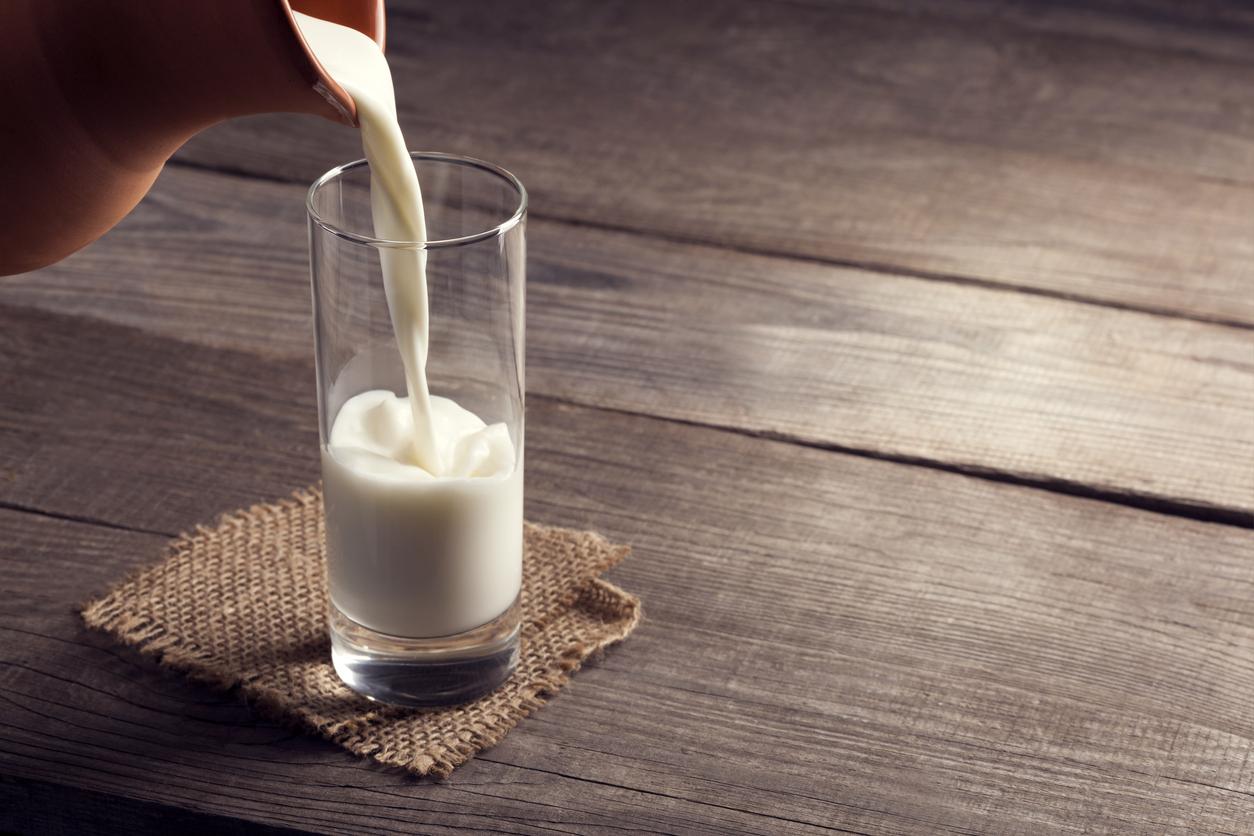Reese Witherspoon, Lady Gaga, Jennifer Aniston or even Madonna would be followers, just like, it seems, a good part of the planet. Pilates is experiencing a resurgence of interest, according to a study by the sports equipment manufacturer Garmin which examines, through its watches, the trends of the various activities recorded. Users equipped with this equipment would have more than doubled their practice between 2020 and 2021 (+ 108.30%).
What is Pilates?
Imagined at the beginning of the 20th century by an accomplished German athlete (diver, gymnast, boxer, etc.), Joseph H. Pilates, to fight against his health problems (rickets, asthma and articular rheumatism), Pilates combines exercises for strengthening and stretching the deep muscles of the body. It aims, among other things, to strengthen the body, improve posture and coordination, increase flexibility, reduce stress, increase concentration and provide a lasting feeling of well-being.
More specifically, “this discipline consists of carrying out a work of sheathing and muscle strengthening in symbiosis with the breath, summarizes the masseuse-physiotherapist Amélie Dronne. All the exercises are carried out in a position of self-growth. On each exhalation, we take care to contract the perineum, which induces a work of the deep abdominals. “
>> Pilates has several advantages: “It is for everyone, regardless of age and level of physical condition”, emphasizes Amélie Dronne. It is recommended to practice 2 sessions of one hour per week.
Pilates prevents and relieves back pain
The vertebral column supports the back and ensures its mobility in the movements of inclination or rotation. Everyday life undermines this axis which absorbs stress, tensions and shocks and settles down due to bad positions and age.
>> How does Pilates work on the back? Pilates exercises raise awareness of the spine (posture) and work on its flexibility. They strengthen the muscles of the back, which preserves its verticality and flexibility. Thus, the back remains solid and straight, less prone to pain and poor posture.
Pilates promotes mobility, coordination and balance
We are far too sedentary. Poor sitting postures have an impact on joints and health. Pilates exercises make several muscle groups work together, which develops a harmonious musculature and leads to good coordination of movements. In addition, they appeal to the stabilizing muscles, which are rarely used in daily movements.
“The contraction of the perineum induces, by a reflex mechanism, that of the deep and stabilizing muscles of the spine: the transverse and multifidus, explains Amélie Dronne. We can then add, through various exercises, the work of other muscle groups. This allows you to build up muscles harmoniously and in complete safety for the spine.”
Pilates teaches you to breathe better and allows you to de-stress
When a physical effort gets tough, we often tend to cut our breath. Similarly, in times of stress, breathing becomes shorter, more superficial. Bad reflexes, which only amplify the problems.
>> How does Pilates affect breathing? Pilates exercises are done to the rhythm of the breath. You will therefore learn to breathe throughout the exercise by associating the right movements: while one is carried out on the inspiration, the next is done on the expiration… This will ensure better management of the effort.
Our experts:
- Dr. Bernadette de Gasquet, doctor, yoga teacher, author of “Wellness and Maternity” (ed. Albin Michel) and founder of the Gasquet method of posturo-respiratory approach, and of the Gasquet Institute, in Paris.
- Amélie Dronne, masseuse-physiotherapist trained in Pilates and the Gasquet method, in Toulouse.
Read also :
- 9 Pilates exercises suitable for pregnancy
- Breast cancer: Pilates to get back in shape
- 5 tips for resuming exercise and sticking to it

















